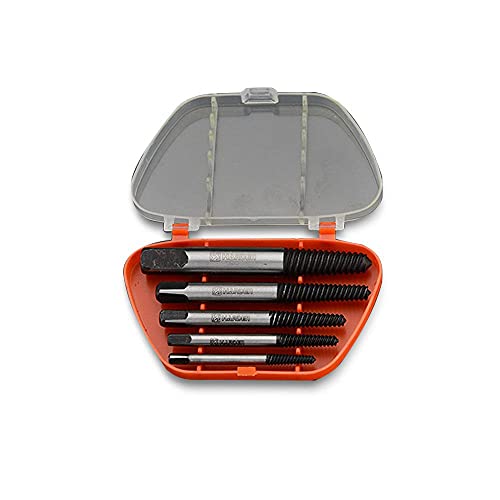Martijn
Well-known member
And those radiators look more stainless sheet metal than aluminum to me.
Also carefull with that cooling paste on the copper bottoms. Some of them can be toxic.
The weirdest materials are used in electronics, even more so in industrial stuff, just to make a device work better, and this makes scrapping risky. Know what you are doing and if it's worth your time, money and the risks involved.
If you get a really "good" deal, think twice and do some research before you're stuck with a polluting disaster only corrupt third world low wage/modern slavery countries would accept.
On the other hand, investigate how to recycle them and ask the government to subsidize you less polluting way, by not sending trash to the dark corners of the world. We need a new approach in so many ways imo.
Also carefull with that cooling paste on the copper bottoms. Some of them can be toxic.
The weirdest materials are used in electronics, even more so in industrial stuff, just to make a device work better, and this makes scrapping risky. Know what you are doing and if it's worth your time, money and the risks involved.
If you get a really "good" deal, think twice and do some research before you're stuck with a polluting disaster only corrupt third world low wage/modern slavery countries would accept.
On the other hand, investigate how to recycle them and ask the government to subsidize you less polluting way, by not sending trash to the dark corners of the world. We need a new approach in so many ways imo.













































